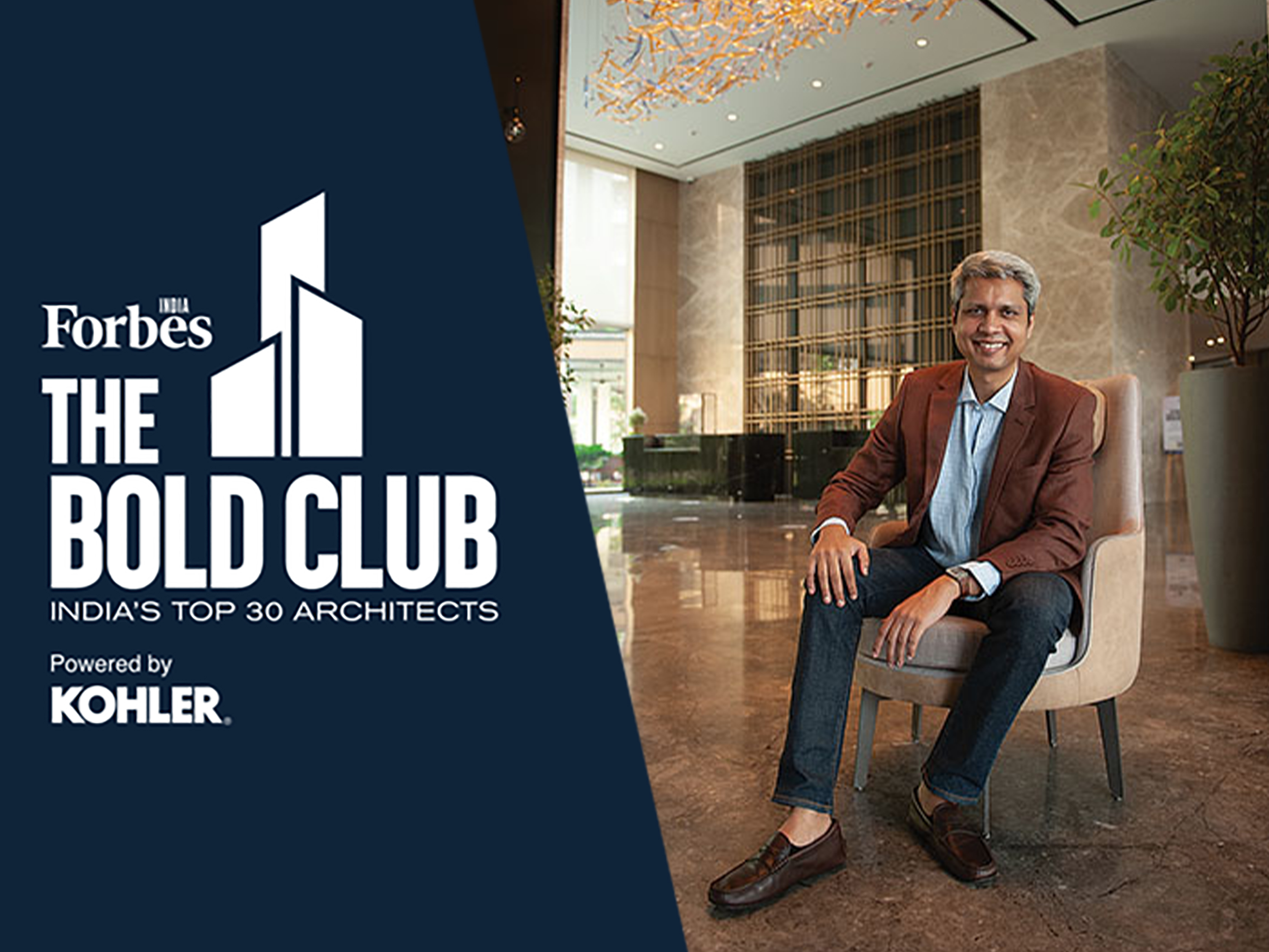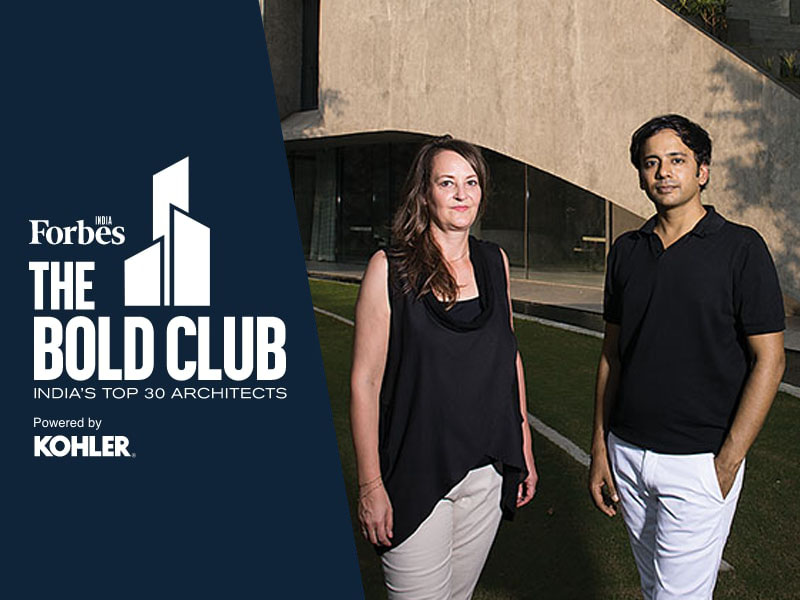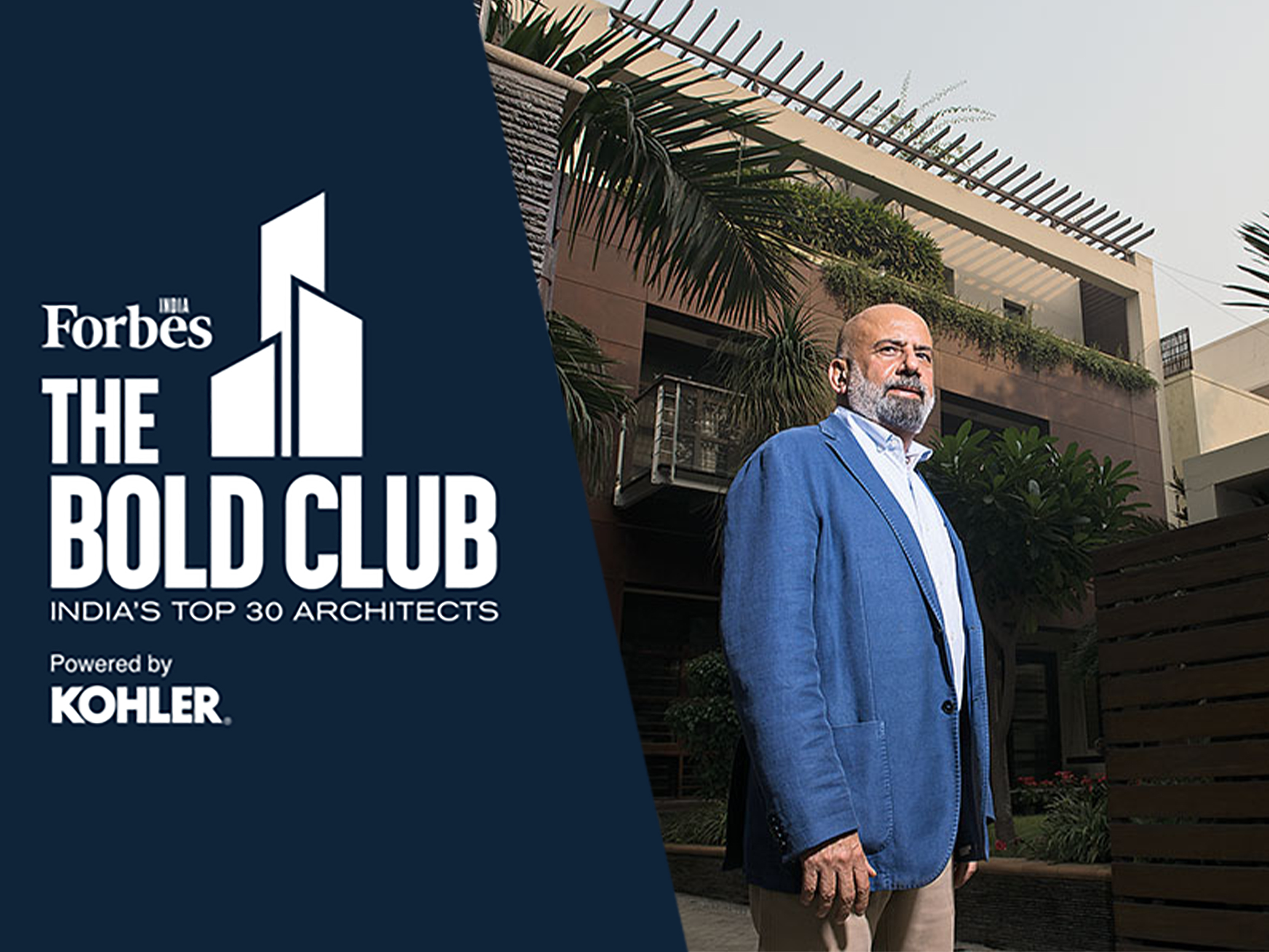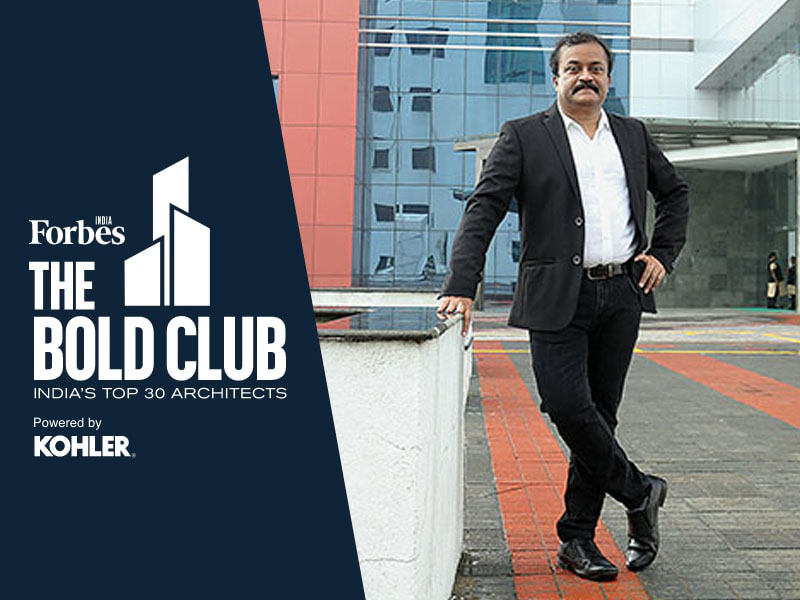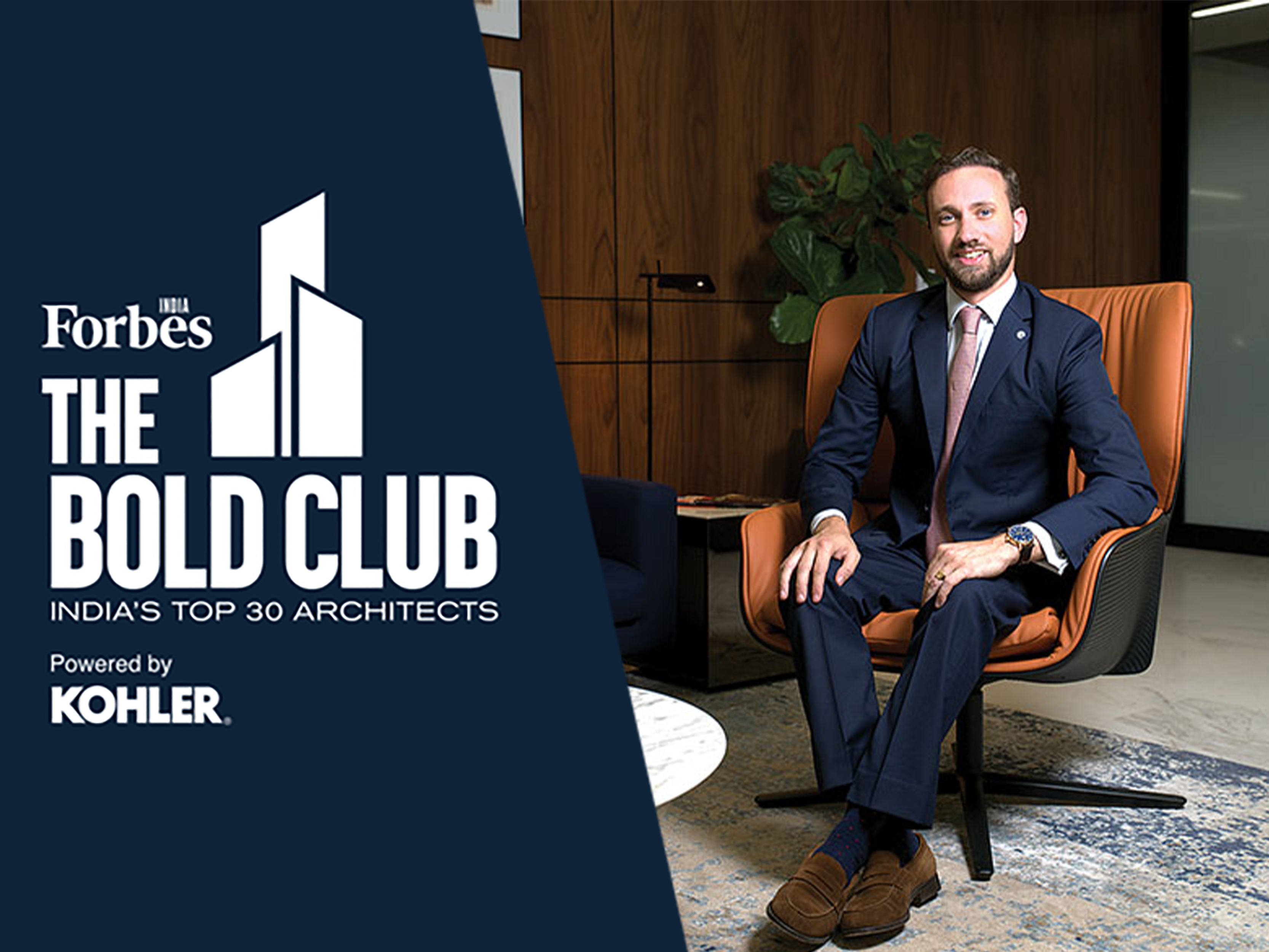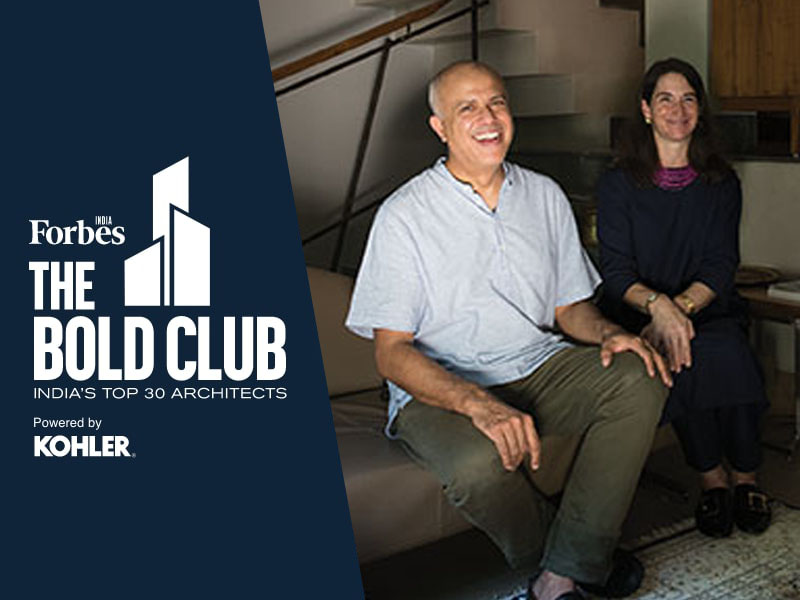Venkataramanan Associates (VA Group)
Building Structures That Retain Value
Having an interest in multiple things—art, design, technology, and culture—worked in Naresh Narasimhan’s favour when he decided to get into architecture. “I felt that an architect would be a good synthesis of all these interests,” he says.
In 1969, his father PK Venkataramanan established Venkataramanan Associates, a Bengaluru-based architecture, interiors and urban design practice, with an additional office in Pune. It had started taking on large-scale projects in the institutional, science and technology, and real estate sectors by the time Narasimhan, who is managing partner, joined in 1985. India’s liberalisation post 1991 created a big building boom “particularly in Bangalore, with the IT industry”, he adds.
Today, Narasimhan, his wife Aparna, who is principal architect, and a 200-plus multidisciplinary team have worked on various typologies and sectors in India. The firm has worked on benchmark projects like Infosys Bengaluru, one of the country’s first software parks, and GE John F Welch Centre in Bengaluru, one of the country’s first open labs. The firm won the 2018 Lexus Design Award for the urban design of Church Street in Bengaluru.
“We believe very strongly that design can save the world,” says Narasimhan.
Currently, the firm has about $1.5 billion worth of projects, including the Boeing campus in Bengaluru, and a large research facility for Siemens.
Narasimhan feels buildings are not well-maintained after they are built. With this in mind, passive sustainability and principles of traditional Indian architecture are used to build structures that retain their value over time. “We don’t design for a fad cycle, more for a life cycle,” says Narasimhan.
These practices were used to create Wipro SEZ in Kodathi, Bengaluru. It is one of the largest office buildings in India for a single company. “Forty-five percent of the building is not air-conditioned, which means the running cost of a building comes down,” he says.
Architects, Narasimhan feels, are still grappling with technology and need to understand that it will change the way they design and build. “I hope that education also keeps up with the trends.”
By Darielle Britto


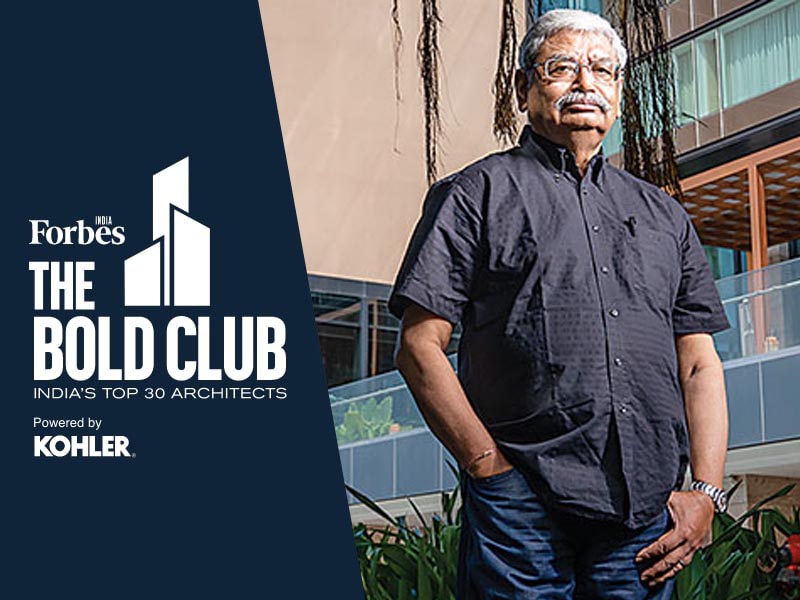

 Pvt LtD.jpg)
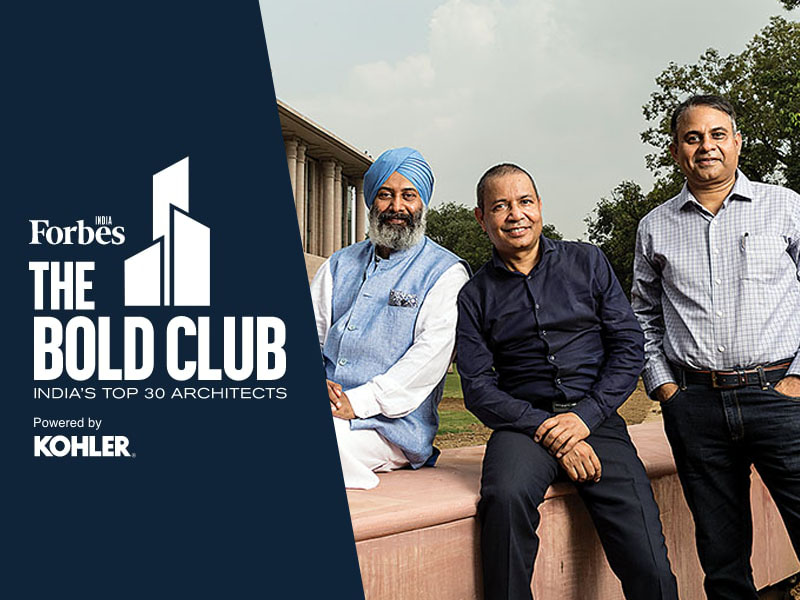
.jpg)
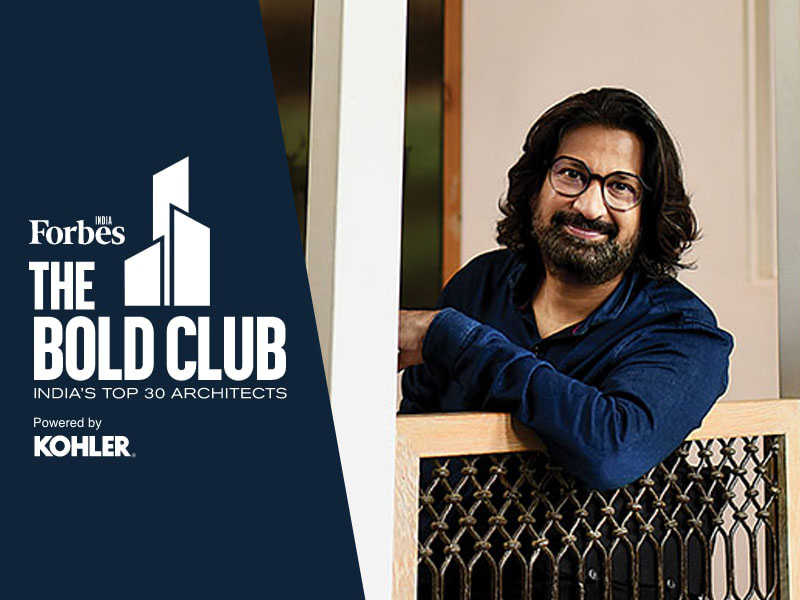
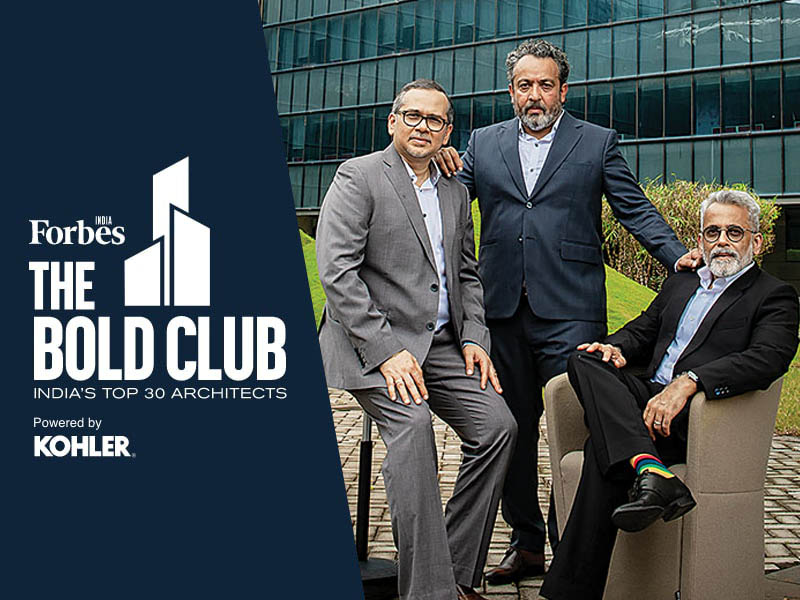
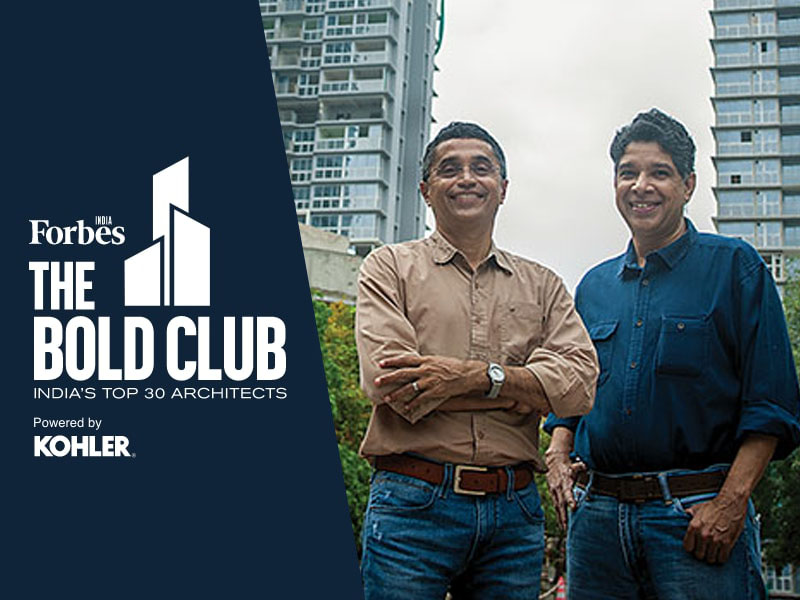
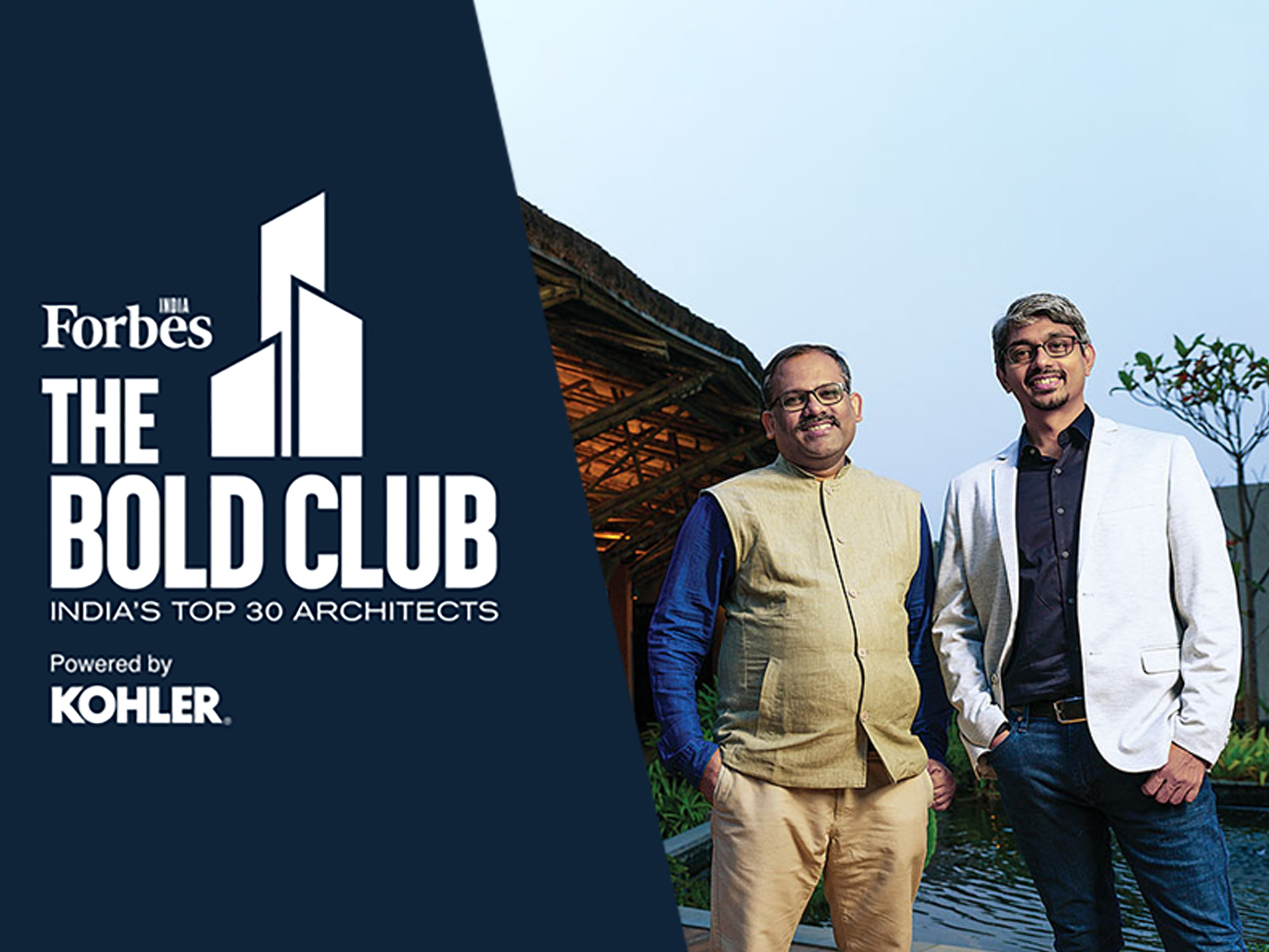
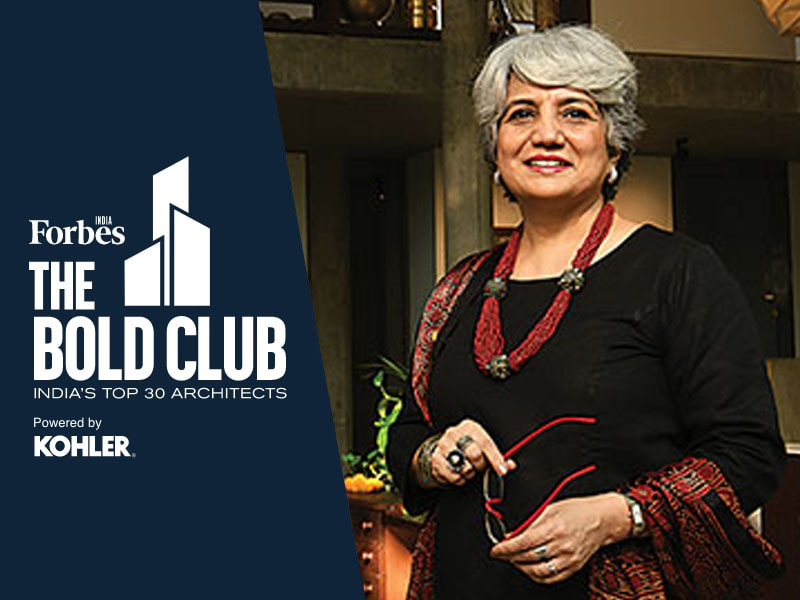
.jpg)
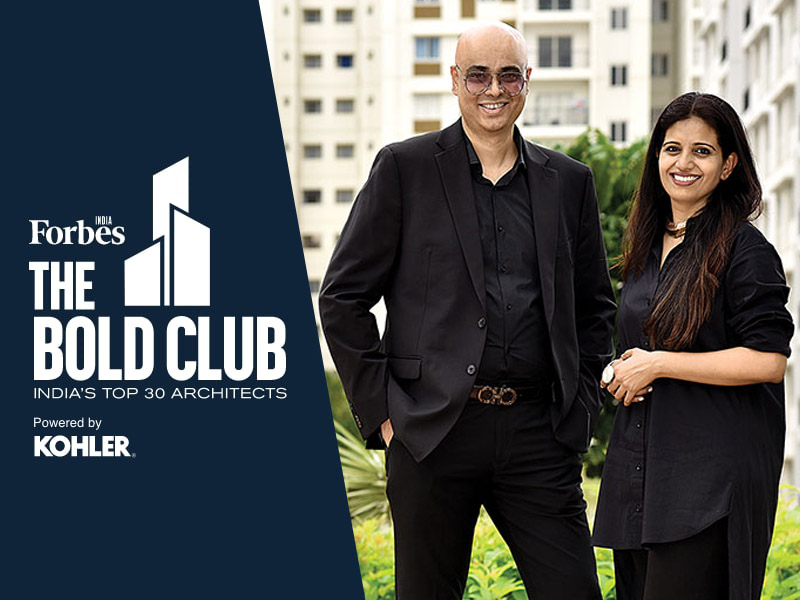
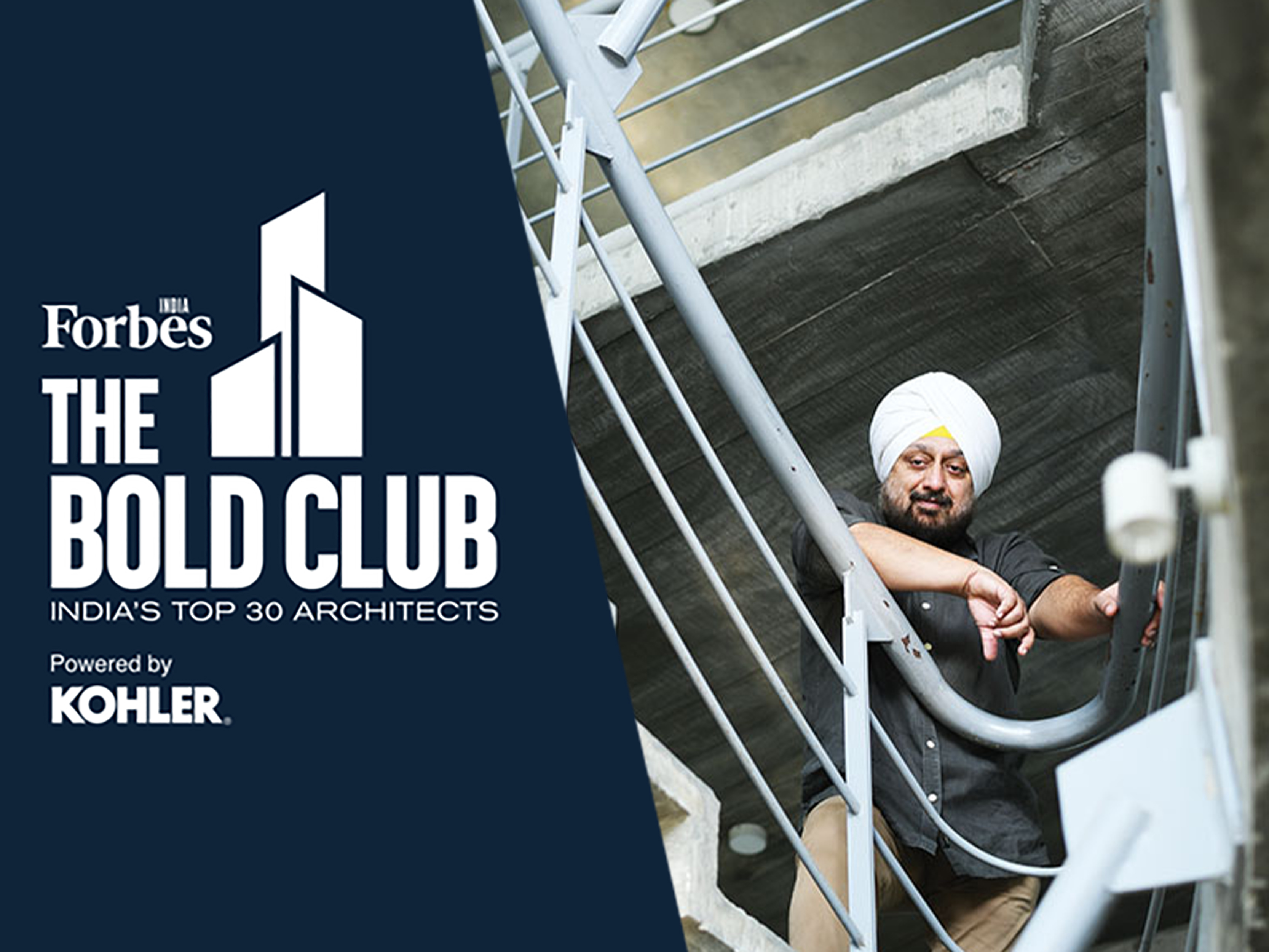
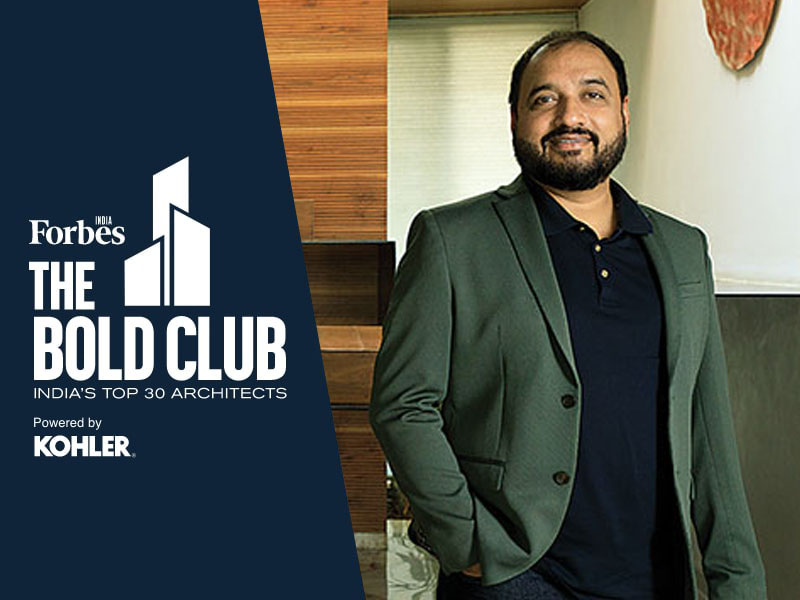
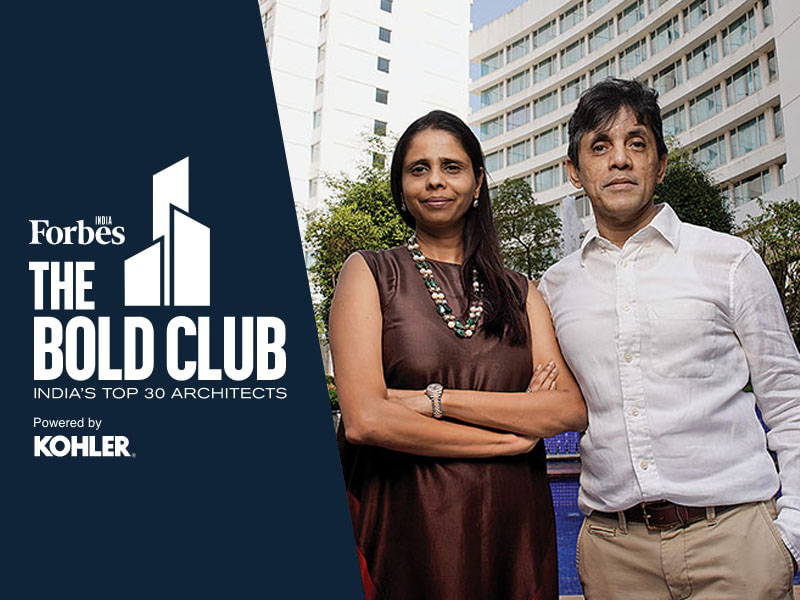
 Pvt Ltd.jpg)
.jpg)
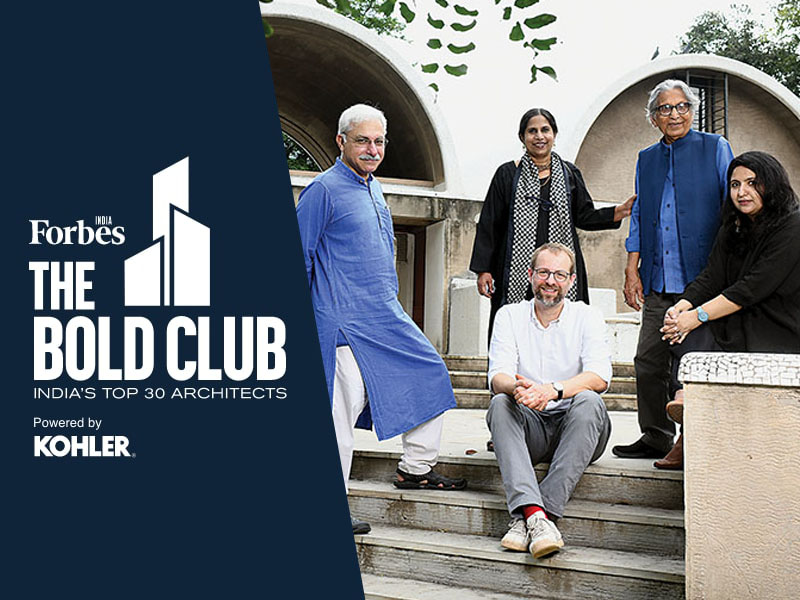
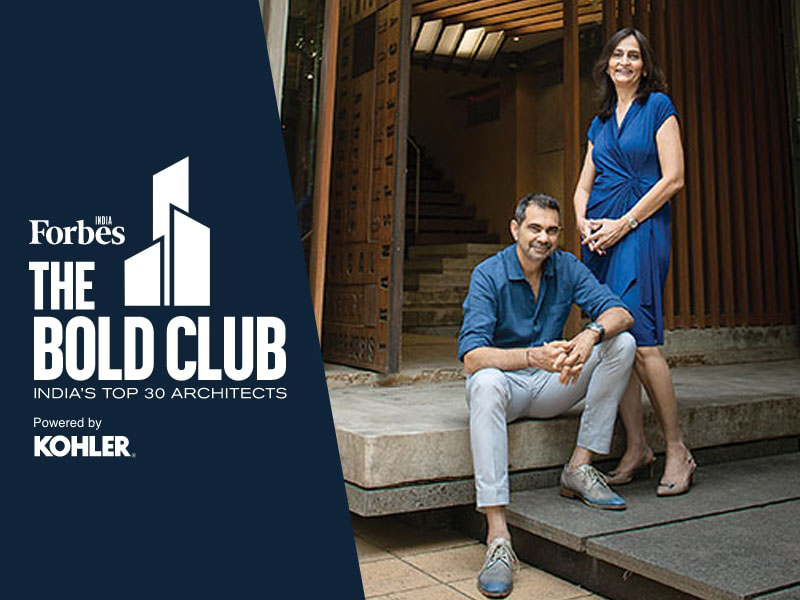
.jpg)
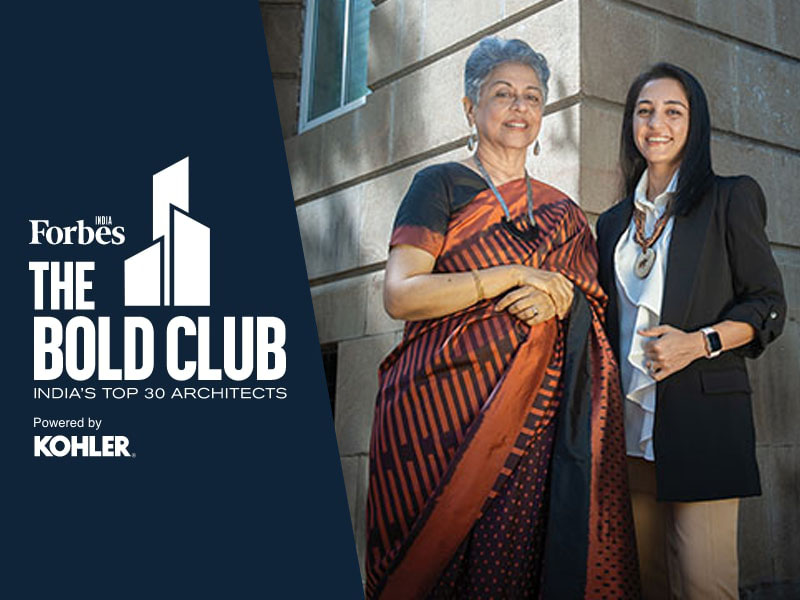
.jpg)
